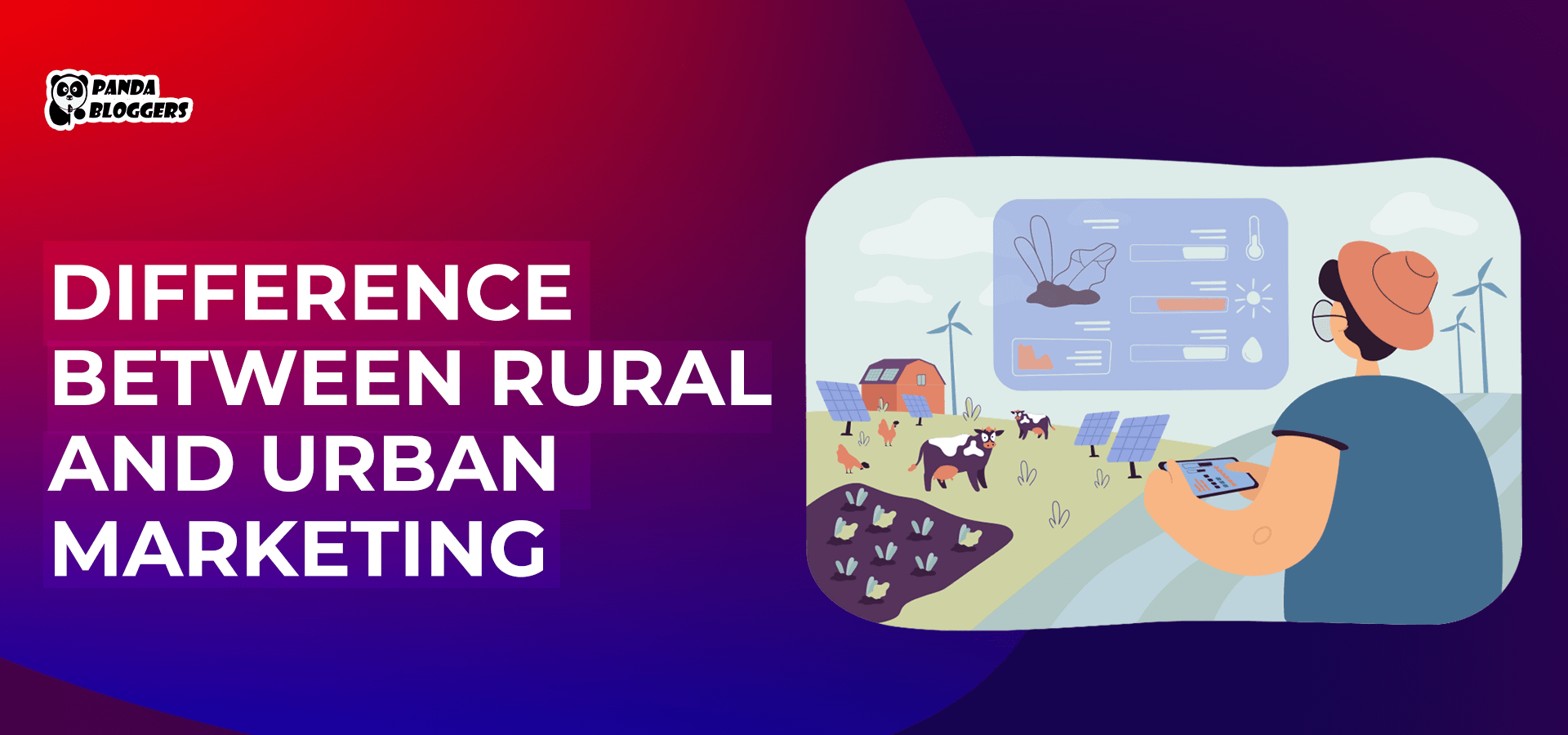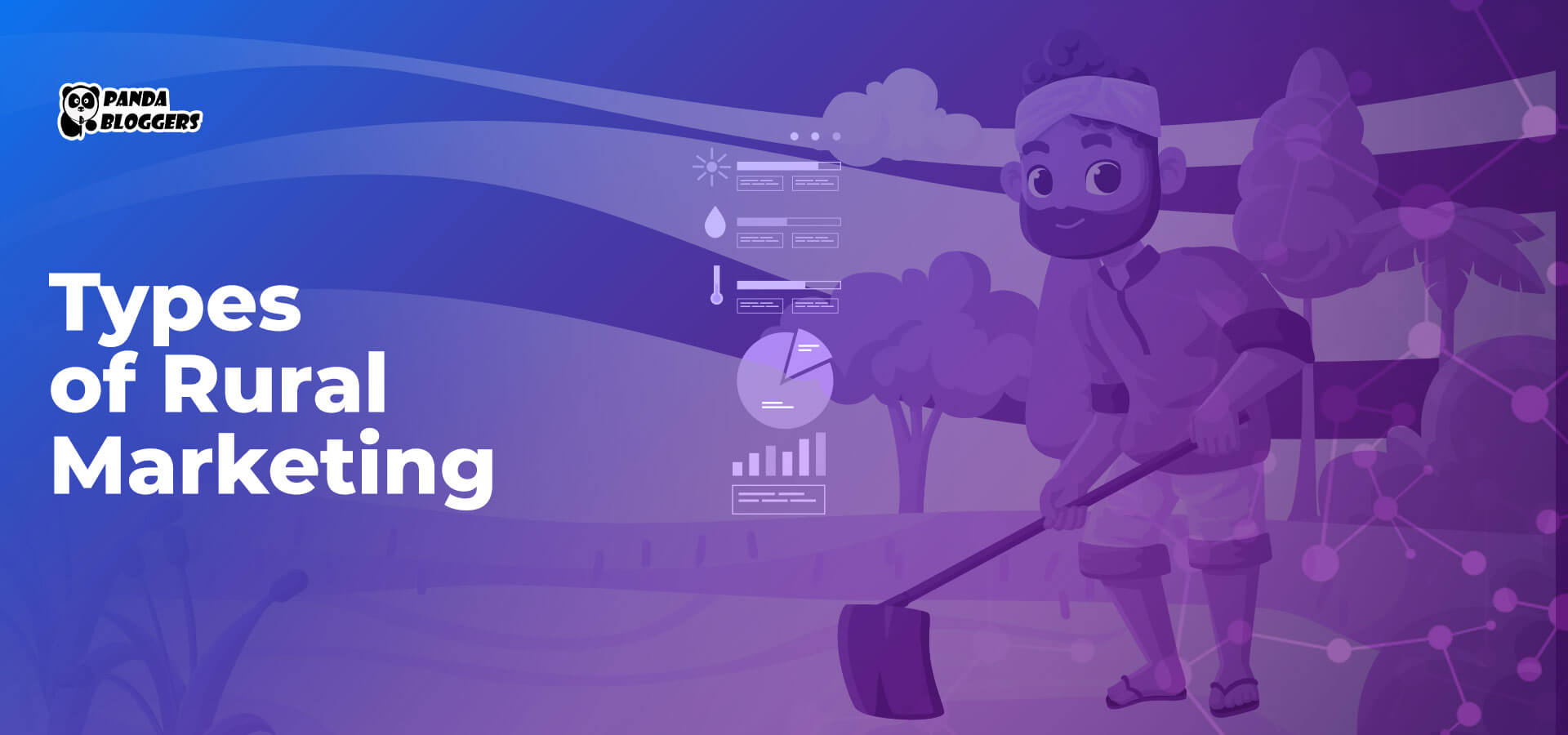 Impact of Page Titles and Meta Description on SEO Rankings
Impact of Page Titles and Meta Description on SEO Rankings
In the digital marketing arena, the significance of Search Engine Optimization (SEO) is paramount. A critical aspect of SEO lies in the effective use of page titles and meta descriptions. These elements not only impact user engagement but also play a vital role in improving SEO rankings. This comprehensive article delves into the nuances of how page titles and meta descriptions can significantly influence SEO rankings and offers insights into optimizing them for maximum effect.
Understanding the Basics
Before exploring their impact on SEO, it’s essential to understand what page titles and meta descriptions are.
- Page Titles: Also known as title tags, these are the clickable headlines displayed on search engine results pages (SERPs). They are a primary source of information for both users and search engines to understand the content of a page.
- Meta Descriptions: These provide a brief summary of the page content in SERPs. Though not a direct ranking factor, they are crucial for providing context and encouraging click-throughs.
The Impact of Page Titles on SEO Rankings
- First Impressions Count: Page titles are often the first element a user notices in SERPs. A well-crafted title can significantly increase the likelihood of a user clicking on your link.
- Keyword Optimization: Titles that effectively incorporate primary keywords can improve rankings, as search engines prioritize content that appears most relevant to user queries.
- Brand Recognition: Including brand names in titles can boost recognition and trust, indirectly affecting the click-through rate (CTR) and SEO.
- Length Matters: Overly long titles can be truncated in SERPs, leading to loss of context and interest. Keeping titles within the recommended length ensures full visibility.
Optimizing Page Titles for SEO
- Prioritize Clarity and Relevance: Ensure that the title clearly reflects the page content and is directly relevant to the targeted keywords.
- Balance Keywords and Readability: While incorporating keywords is crucial, maintaining readability and user engagement is equally important.
- Unique Titles for Each Page: Duplicate titles across multiple pages can lead to confusion for search engines and users, diluting the SEO impact.
Optimizing Page Titles for E-commerce SEO
Optimizing page titles for eCommerce SEO is a crucial step in improving your online store’s visibility, driving more traffic, and ultimately increasing sales. The page title, also known as the title tag, is a critical element that search engines use to understand the content of a page. It also appears in the search engine results pages (SERPs) and can influence whether users click on your link. Here are some best practices to optimize your page titles for eCommerce SEO:
1. Use Target Keywords Wisely
- Research Keywords: Use keyword research tools to find the right keywords that potential customers are using to search for your products.
- Place Keywords Strategically: Include your primary keyword at the beginning of the title tag to emphasize its importance to search engines.
- Be Specific: Use long-tail keywords that are specific to your product or service. These are less competitive and more targeted towards users’ search intents.
2. Keep It Concise and Clear
- Length: Keep your title tags under 60 characters to ensure they display properly in SERPs without being cut off.
- Clarity: Make sure your title clearly describes what the page is about. Users and search engines should be able to understand the page content from the title alone.
3. Highlight Your Unique Value Proposition
- Differentiation: Include elements that differentiate your product from competitors. This could be your unique selling points (USPs) like free shipping, eco-friendliness, or a specific discount.
- Benefits: Focus on the benefits that your product or service offers to the customers.
4. Use Branding Wisely
- Brand Name: Include your brand name in the title, especially if it’s well-known. This can increase click-through rates (CTR) from the SERPs.
- Placement: Usually, place the brand name at the end of the title tag to prioritize important keywords.
5. Make It Compelling
- Call to Action (CTA): Use action-oriented language to encourage clicks. Words like “Buy,” “Shop,” or “Discover” can make titles more appealing.
- Emotional Triggers: Use words that evoke emotion or create a sense of urgency, like “Exclusive,” “Limited Time Offer,” or “Sale.”
6. Optimize for Local SEO (if applicable)
- Local Keywords: If your business targets customers in specific locations, include city names or local keywords in your title tags.
7. Continuously Test and Optimize
- A/B Testing: Test different title tags to see which ones perform better in terms of CTR and rankings.
- Analytics: Use tools like Google Analytics and Search Console to monitor how changes to your title tags affect your traffic and rankings.
Example of an Optimized Page Title for an eCommerce Product:
- Before Optimization: “Blue Running Shoes | OurStore”
- After Optimization: “Buy Men’s Blue Running Shoes – Lightweight & Durable | OurStore”
The Role of Meta Descriptions in SEO
While meta descriptions don’t directly influence rankings, their indirect effects are noteworthy. Here is an interesting post on meta description best practices.
- Enhancing Click-Through Rates (CTRs): Compelling meta descriptions can entice users to click on your link, indirectly boosting SEO through increased traffic and engagement.
- Keyword Relevance: Including targeted keywords in meta descriptions can reinforce the relevance of content, aligning with user search intent.
- Avoiding Auto-Generated Snippets: Without a well-defined meta description, search engines might select random content from the page, which might not best represent the page’s content.
Crafting Effective Meta Descriptions
- Concise and Informative: Keep meta descriptions succinct yet descriptive enough to provide a clear overview of the page content.
- Call-to-Action (CTA): Incorporating a compelling CTA can significantly increase the likelihood of users clicking through to your website.
- Reflect User Search Intent: Tailoring the description to align with what users are searching for can enhance relevance and engagement.
Best Practices for Page Titles and Meta Descriptions
- Consistency and Alignment: Ensure that page titles and meta descriptions are consistent and accurately reflect the content of the page.
- Monitoring and Adjusting: Regularly monitor the performance of your titles and descriptions in terms of CTR and rankings, and be prepared to make adjustments.
- Avoiding Over-Optimization: Refrain from stuffing titles and descriptions with keywords, as this can be counterproductive and lead to penalties from search engines.
The Synergy of Titles and Descriptions in SEO
Page titles and meta descriptions should work in tandem to provide a cohesive and enticing preview of your website content. This synergy is essential for maximizing the effectiveness of your SEO strategy.
- Matching Themes: Ensure that both elements complement each other in terms of theme and messaging.
- Leveraging Brand Strength: Use both elements to build and reinforce brand identity and trust.
Advanced Tips for Enhancing SEO through Titles and Descriptions
- Leverage Rich Snippets: Utilize schema markup to enhance the presentation of titles and descriptions in SERPs.
- Localize for Global Reach: If targeting a global audience, consider localizing titles and descriptions to cater to different regions and languages.
- Responsive to Trends and Changes: Stay updated with the latest SEO trends and algorithm changes, adjusting your titles and descriptions accordingly.
Conclusion
Page titles and meta descriptions are more than mere elements of a webpage; they are pivotal tools in an SEO arsenal. Here is another tool, a bot traffic generator which can also help you in your SEO efforts. By optimizing these components, businesses can significantly enhance their online visibility, user engagement, and ultimately, their SEO rankings. The key lies in creating proper titles.
This blog was updated in May 2024.









Leave a Reply